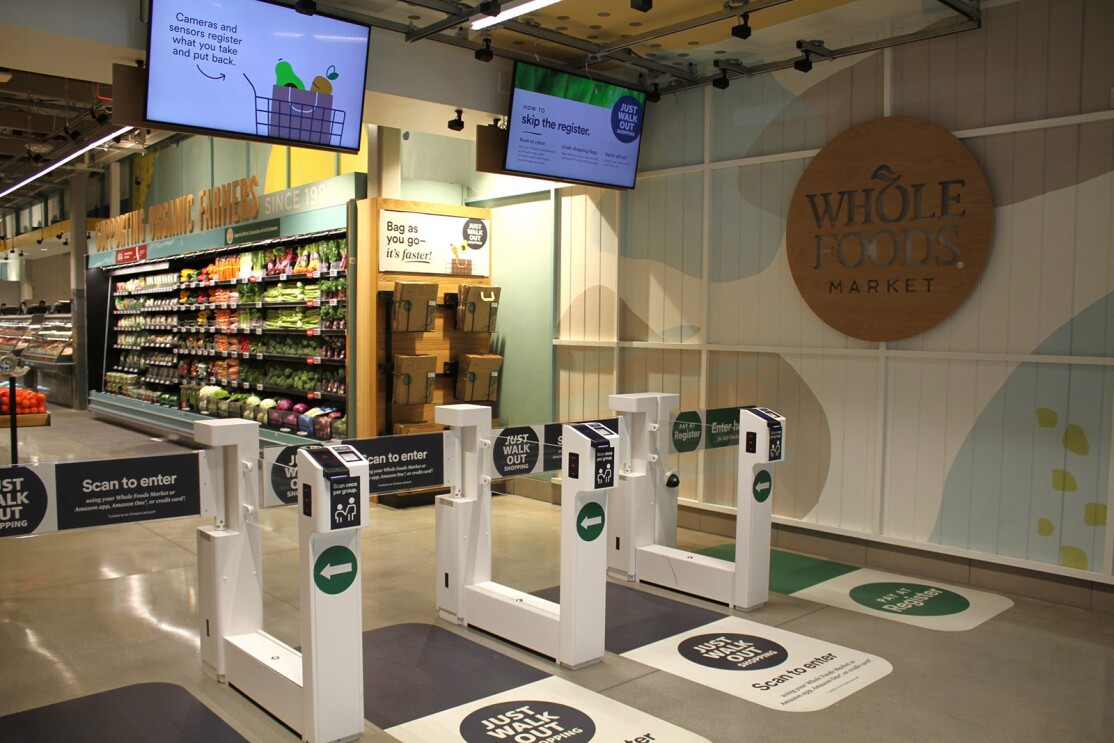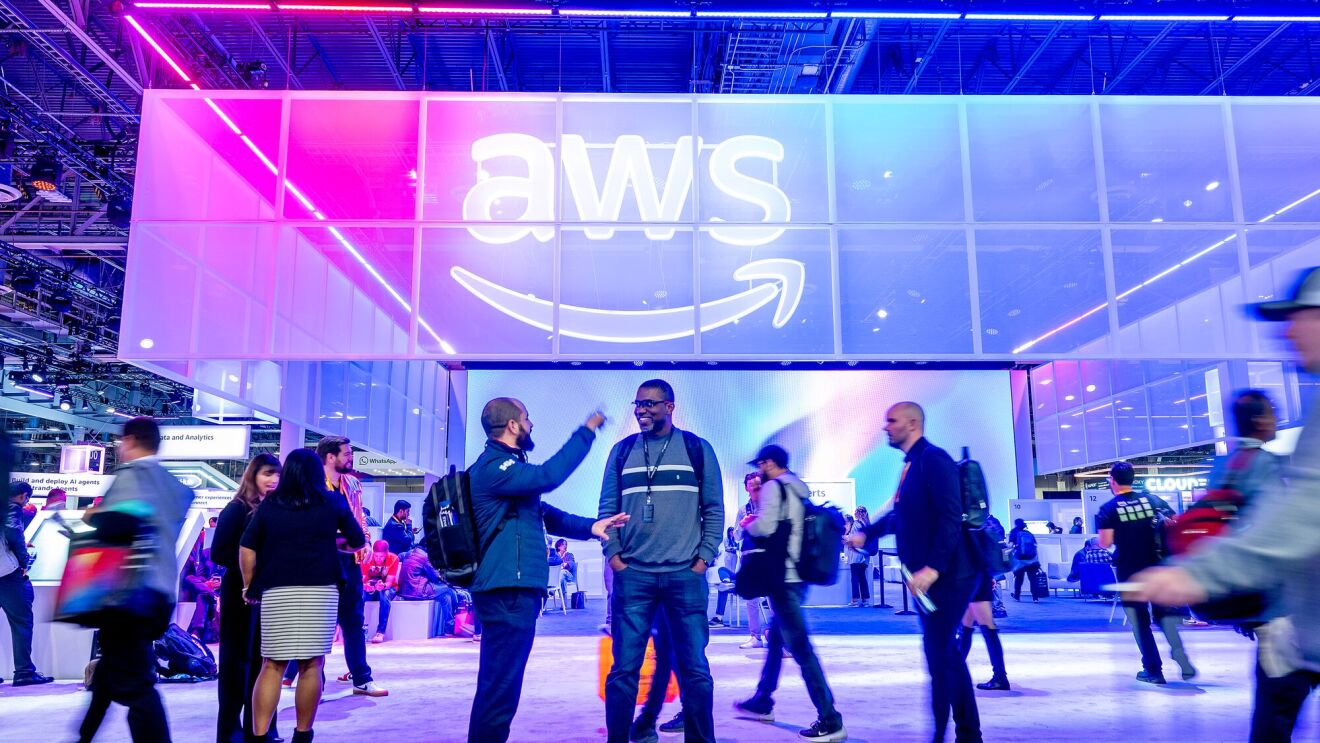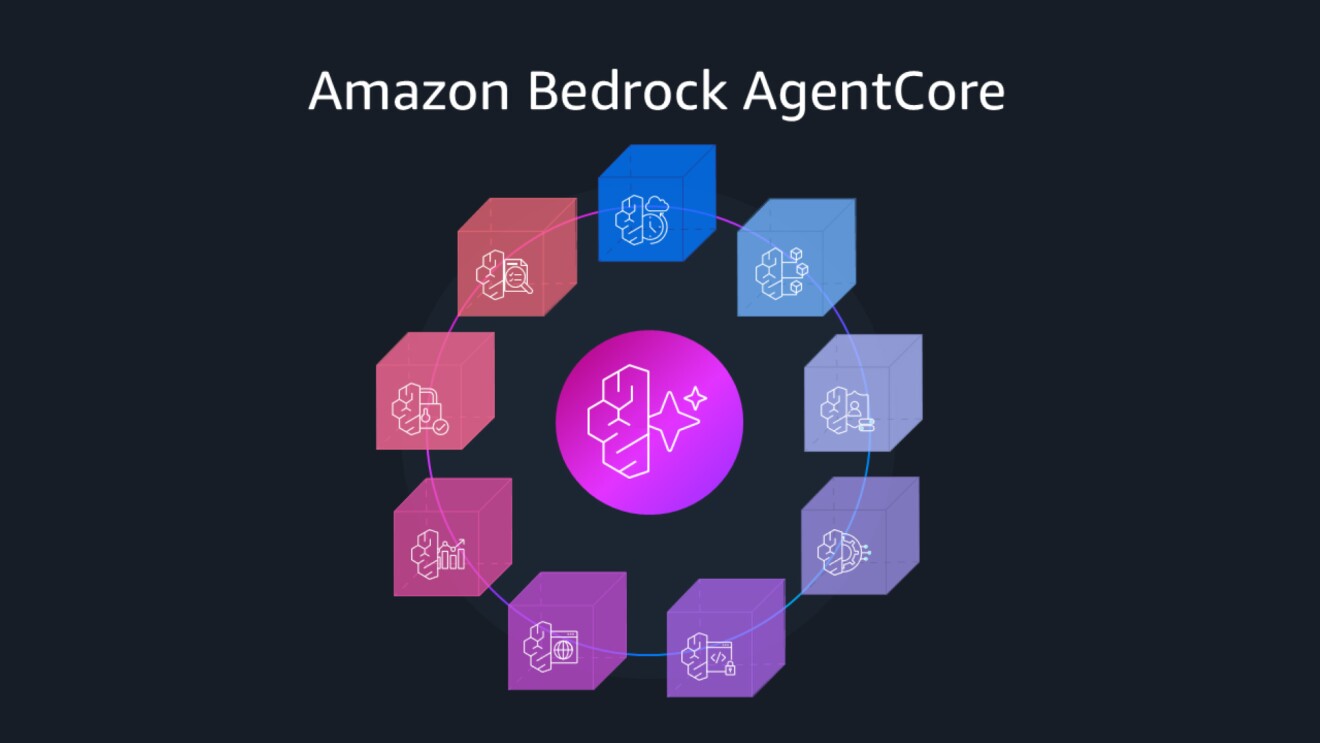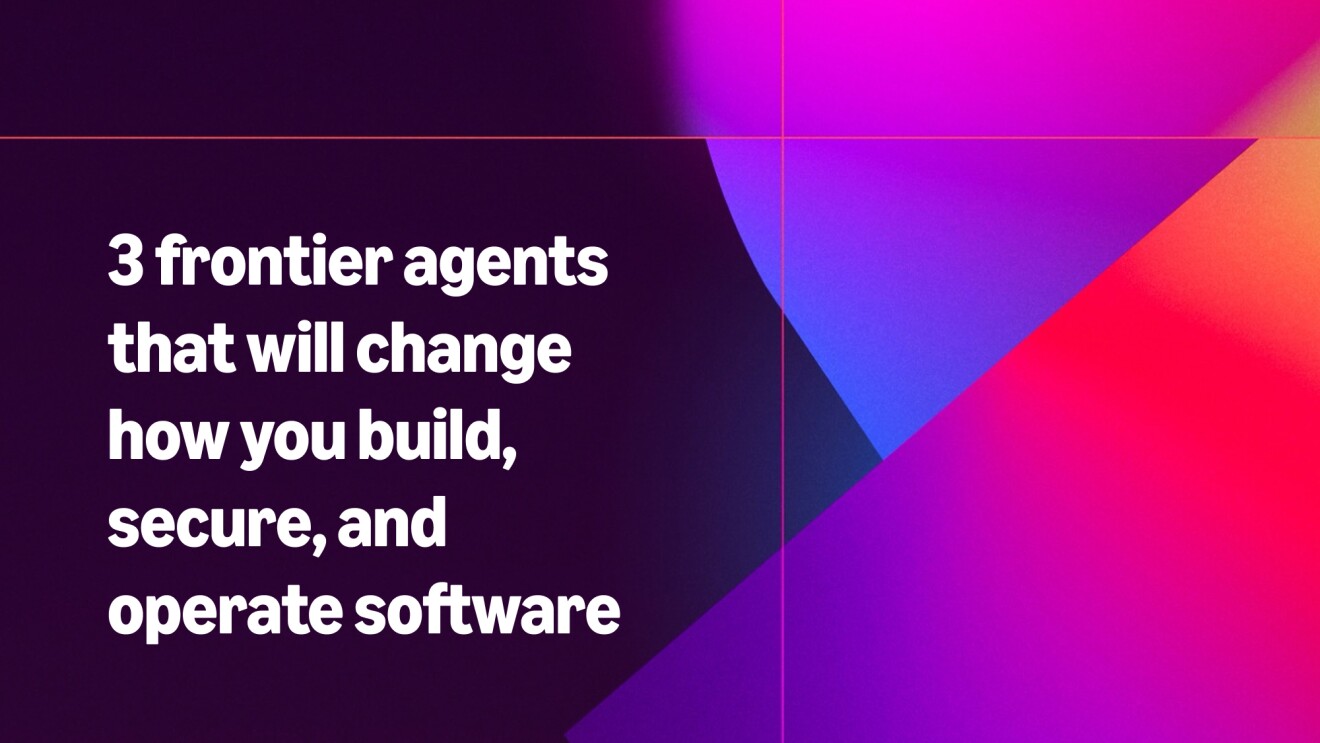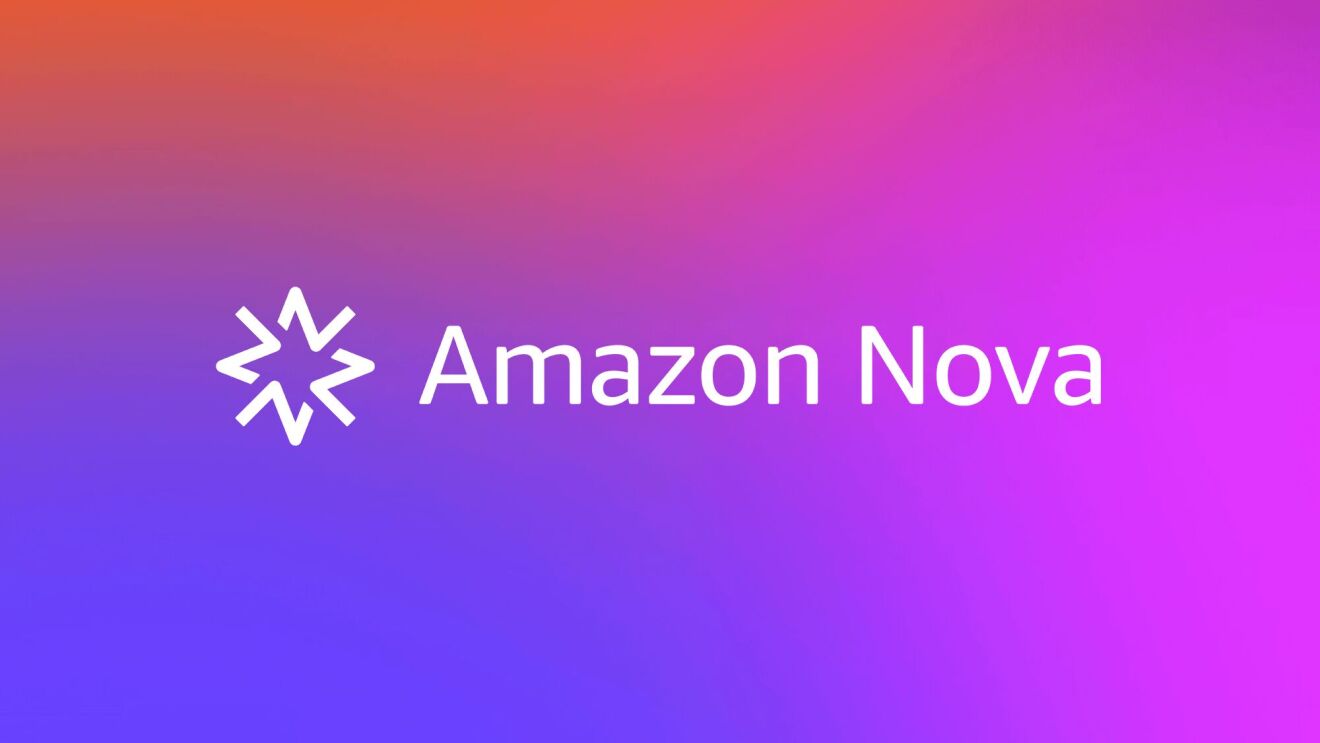1. You’ve been with Amazon for more than 19 years. That is an impressive run—what are some of the highlights?
I joined Amazon in July 2003 and held a variety of roles in Amazon’s consumer business, from leading teams responsible for global retail pricing and promotion strategies to retail supply chain management and worldwide customer-demand forecasting. For two years, I also worked as Jeff Bezos’ technical advisor—it was a period of great learning for me as I watched his ability to both dive deep and be strategic, and the experience made me a better thinker. I then took on the role of VP of Physical Retail and Technology in 2013, and my charter was to reimagine the physical shopping experience. As customers ourselves, my team and I realized that we didn’t love waiting in lines and found it to be an unproductive use of one’s time—our north-star was to remove lines entirely. By leveraging cutting-edge artificial intelligence and machine learning, we built new Physical Retail Technology services like Just Walk Out technology and Amazon Dash Cart, which let you skip the checkout line at stores, and Amazon One, our palm recognition service that lets customers enter, identify, and pay at any venue with just their palm.
01 / 03
It’s been amazing to see the enthusiastic response to these services from third-party retailers at stadiums, airports, and street-front retail. Earlier this year, the Amazon Physical Retail Technology team merged with the AWS Applications group, and now as the VP of AWS Applications, my goal is to lead this newly coalesced team to deliver a broad range of services that help businesses remove long-standing constraints and reimagine possibilities. We will innovate on behalf of businesses to deliver horizontal and industry-specific applications that offer on-demand scalability, reliability, and pay-as-you-go pricing that customers have come to appreciate with AWS.
2. What excites you the most about leading the AWS Applications group?
I’ve always had a passion for tackling hard, complex, technology-related problems, and this is an exciting time to lead the AWS Applications business Here’s why:evolved over the years, there’s been a growing demand from customers who want to interact with the cloud, not just at the compute and storage level—but also at an easy-to-use applications level. They want AWS to continue to move up the software stack and offer a range of applications and services that are purpose-built to solve organizations’ hardest problems. The AWS Applications group is a growing category of AWS services that helps our customers take advantage of AWS’s cloud and machine learning expertise, without them having to build solutions from scratch. Based on this foundational approach, today, at re:Invent 2022, we announced AWS Supply Chain and AWS Clean Rooms—applications that are designed to solve two major pain points of customers across industries.
3. The global supply chain has been plagued by issues over the last several years. How can your newly announced AWS Supply Chain application help fix it?
Managing supply chains well has always been a challenge. The severity of the problem and its global impact became more apparent during the pandemic, and we continue to feel its reverberations today as we deal with shortages in items ranging from household items to automotive parts and computer chips. Businesses need to improve supply chain resilience. To do this, they need visibility across their supply chain so they can quickly find and respond to risks. Today, supply chain data is spread across silos of disconnected systems. Existing tools lack the elastic processing power and specialized machine learning models needed to create meaningful insights. Without real-time insights, organizations cannot detect variations in demand patterns, unexpected trends, or supply disruptions. And failing to react quickly to risks can impact delivery of goods and operational costs.
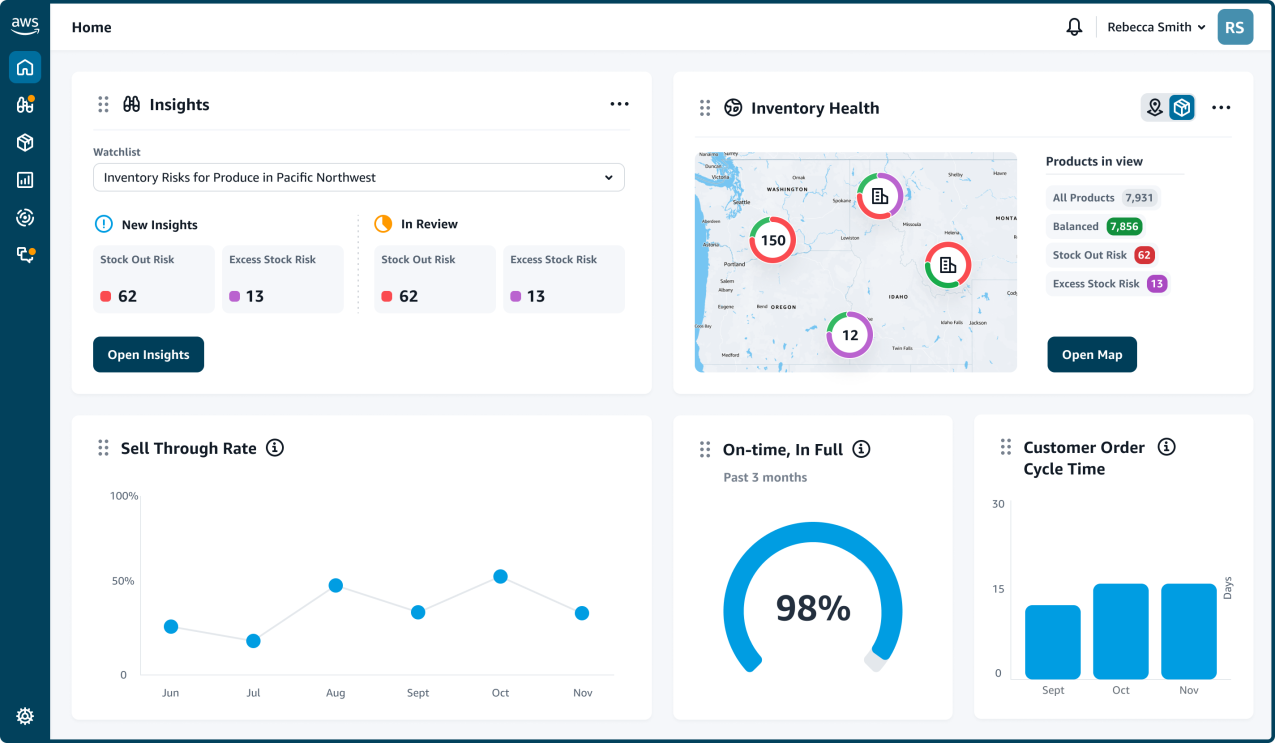 AWS Supply Chain can show the health of your facilities, when a location is heading toward inventory excess or shortage for rebalancing decisions.
AWS Supply Chain can show the health of your facilities, when a location is heading toward inventory excess or shortage for rebalancing decisions.AWS Supply Chain delivers a unified view of a company’s supply chain data, machine learning–powered insights, and recommended actions, so businesses can react quickly to unexpected issues. It combines our almost 30 years of learnings from the Amazon.com supply chain experience with existing AWS expertise in compute, storage, and machine learning. It easily connects to an organization’s existing enterprise resource planning, or ERP, and supply chain management systems, so companies can see across their supply chain networks and better manage their global inventory. AWS Supply Chain automatically sets up a data lake—a repository that allows you to store all your data at any scale—using machine learning models that have been pre-trained to understand, extract, and transform disparate, incompatible data into a unified data model. Since businesses don’t have to manually map data fields, this process cuts the time needed for data association from months to days. AWS Supply Chain then contextualizes the data in a real-time visual map showing the overall health of the supply chain network by product and location. It also surfaces potential inventory risks, like overstock or stock outs, and provides recommended actions.
Customers across industries—including retail, like Whole Foods Market and Traeger Grills; kitchenware products, like Lifetime Brands; and global professional services, like Accenture—are already excited about AWS Supply Chain and what it can do for their businesses.
4. You also just launched AWS Clean Rooms. Tell us more about that service.
Companies across industries such as advertising, life sciences, financial services, and more are looking to complement their own data with those from external business partners to build a complete view of their customers and businesses. Let’s take the case of the advertising industry, where brands, media publishers, and their partners need to collaborate using datasets that are stored across many channels and applications to improve the relevance of their campaigns and better engage with consumers. This is getting increasingly complex as the data advertisers need is fragmented across different channels, applications, and consumer records, and it is often duplicated, incomplete, or inconsistent. Additionally, companies need to be able to collaborate with each other while protecting underlying consumer data. AWS Clean Rooms, a new analytics service designed to help companies across industries easily and securely analyze and collaborate on their combined datasets—without sharing or revealing underlying data. With AWS Clean Rooms, customers can create a secure data clean room in minutes and collaborate with any other company in the AWS Cloud to generate unique insights about advertising campaigns, investment decisions, and research and development. In the coming months, AWS will add identity resolution capabilities, which can be used with AWS Clean Rooms or independently, to help customers match and resolve consumer records stored across disparate channels into a unique user ID.
5. AWS Applications group now offers a slew of services across so many industries. How do all these offerings fit together under AWS Applications?
Today, AWS Applications includes services from Amazon Connect, which enables businesses to set up an AI and machine learning–based contact center in the cloud, to applications aimed at improving communication and collaboration, like AWS Wickr, Amazon Chime, Amazon Simple Email Service, and more. We also have End User Computing offerings to empower a secure workforce with Amazon AppStream and Amazon WorkSpaces. Our family of offerings continues to expand now that Physical Retail Technologies, AWS Supply Chain and AWS Clean Rooms are part of the portfolio. All these applications and services are based on the fundamental tenet of leveraging our investments in cloud infrastructure and machine learning to solve challenging problems in unique ways across industries. You will see that solutions from our group will remain laser focused on providing easy-to-use applications that don’t require extensive building or coding by our customers, and solving business problems in ways that have never been imagined before.
6. Now that physical retail technologies are part of AWS, how will this benefit customers?
Physical retail technologies like Just Walk Out technology and Amazon One are already seeing a lot of traction with customers. These technology services are now available at several locations ranging from stadiums and sports venues to airport stores and retailers in the U.S. and UK. We are getting great feedback from customers, but we are just getting started in delivering the goodness of these technologies to other businesses, and we’re excited to bring these services to even more customers as AWS offerings.
7. What’s new with existing AWS Applications services?
Today, tens of thousands of customers use Amazon Connect, our cost-effective cloud-based contact center that leverages AI and machine learning to support more than 10 million customer interactions a day. To help contact center agents and managers deliver even better customer service experiences, we’re bringing new machine learning–powered capabilities.
For example, contact center agents are constantly juggling different information, tools, and prompts while on the phone with frustrated customers. The Amazon Connect agent workspace feature makes the agent’s job easier by providing them a single user interface that guides them through customer interactions to resolve issues even faster. We also enhanced the contact center manager experience by delivering machine learning–powered analytics, real-time call transcripts, and sentiment analysis for both voice and chat conversations. Additionally, new automatic analysis capabilities of these customer-agent engagements enable managers to now define and evaluate agent performance easily. Amazon Connect’s forecasting, capacity planning, and scheduling capability also helps managers predict contact center demand with high accuracy, determine ideal staffing levels, and optimize agent schedules. Customers are very excited about these new features. In fact, one of our customers, the Kentucky Transportation Cabinet, was able to cut the average customer wait time by half and reduce agent training time by more than 50%.
8. What’s next for AWS Applications under your leadership?
AWS Applications has influenced the course of what companies build, how they scale, and how they accelerate their businesses. Our customers range from those in the customer service industry to health care to automotive to many more. For years, we’ve been actively listening to and building on behalf of our customers. There are so many businesses and vertical industry segments that we have yet to address—the bottom line is that we’ve just begun our journey up the stack.
For more re:Invent 2022 news on AWS Applications, visit the following:
AWS Supply Chain
AWS Clean Rooms
Amazon Connect
AWS Wickr
AWS Supply Chain
AWS Clean Rooms
Amazon Connect
AWS Wickr
Trending news and stories


